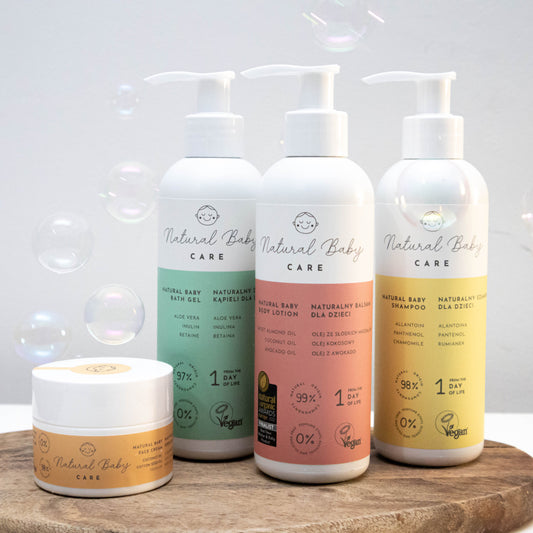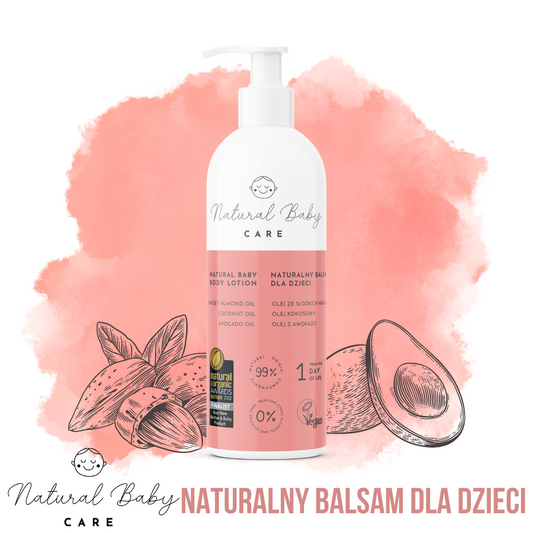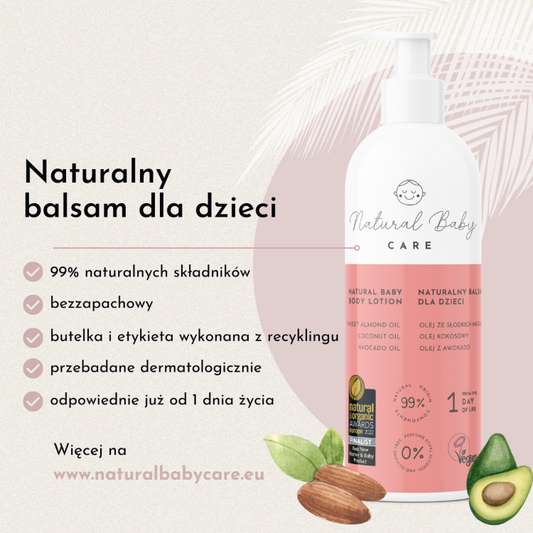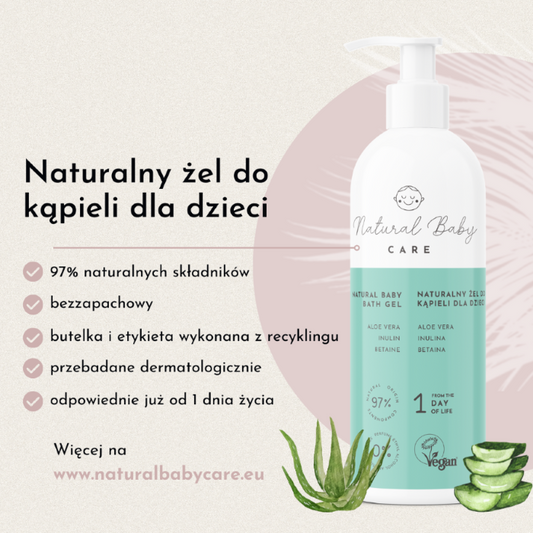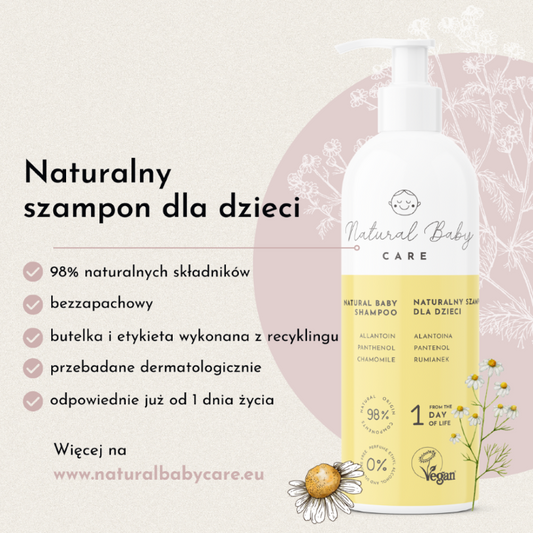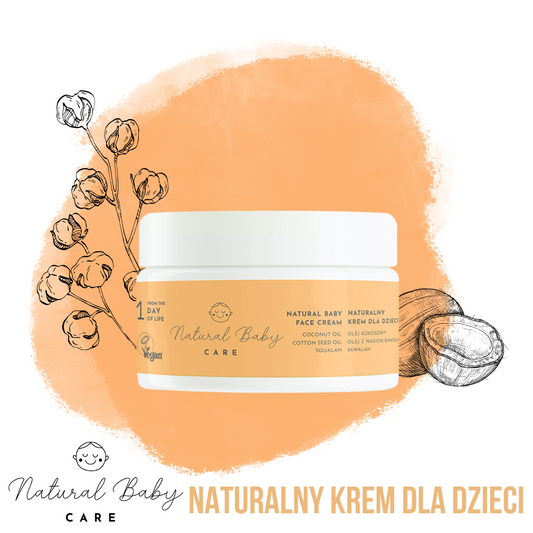Home > Knowledge Zone > Blog > How to care for the skin of a child with atopic dermatitis?

How to care for the skin of a child with atopic dermatitis?
Author : Natural Baby Care Team
Publication date: October 30, 2025
Reading time: 5 minutes
Atopic dermatitis (AD) is one of the most common dermatological conditions in infants. Characterized by dryness, itching, and a tendency to irritation, it presents a significant challenge for parents in their daily care. A child with AD requires exceptional care and carefully selected cosmetics. Natural skin care methods for infants with AD appear to be the safest and most effective. These methods support the rebuilding of the lipid barrier, alleviate symptoms, and reduce the risk of relapses.
Check out cosmetics for your baby's delicate skin
The key is to moisturize and nourish your child's skin at least twice a day, preferably after every bath. It's best to choose balms or creams with simple, natural ingredients that don't contain fragrances, alcohol, or preservatives. After bathing, gently pat the skin dry with a soft towel, without rubbing, and then apply the product to slightly damp skin – this helps retain water in the epidermis. Maintaining the appropriate temperature and humidity in your child's room is equally important – dry, warm air exacerbates atopic dermatitis symptoms.
Did you know that...?
Collapsible content
Czy AZS u niemowląt da się całkowicie wyleczyć?
Czy naturalne kosmetyki wystarczą przy AZS?
Jak często smarować skórę dziecka z AZS?
Czy kąpiele pogarszają AZS?
Czy AZS może być dziedziczne?


